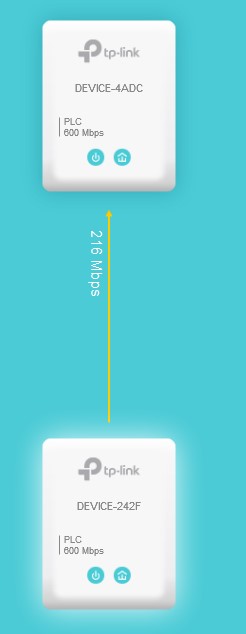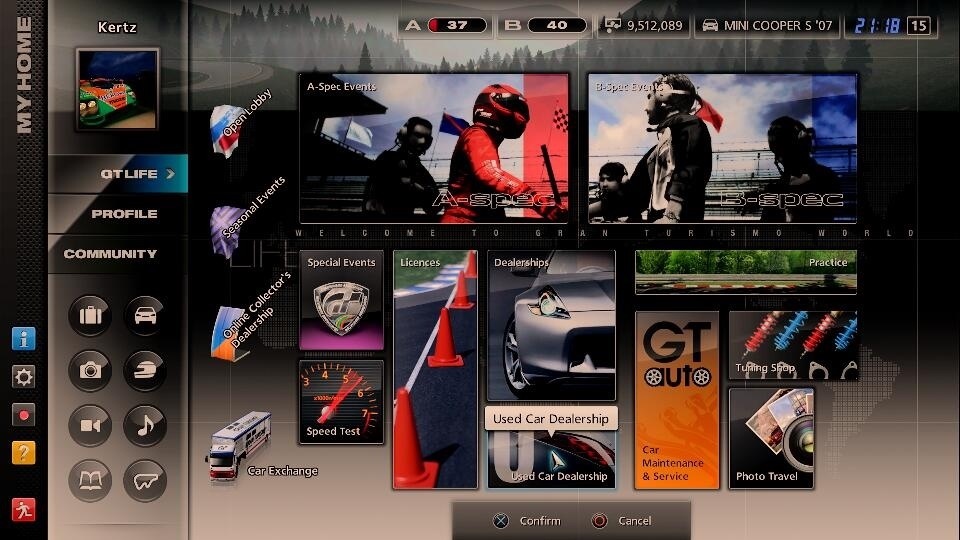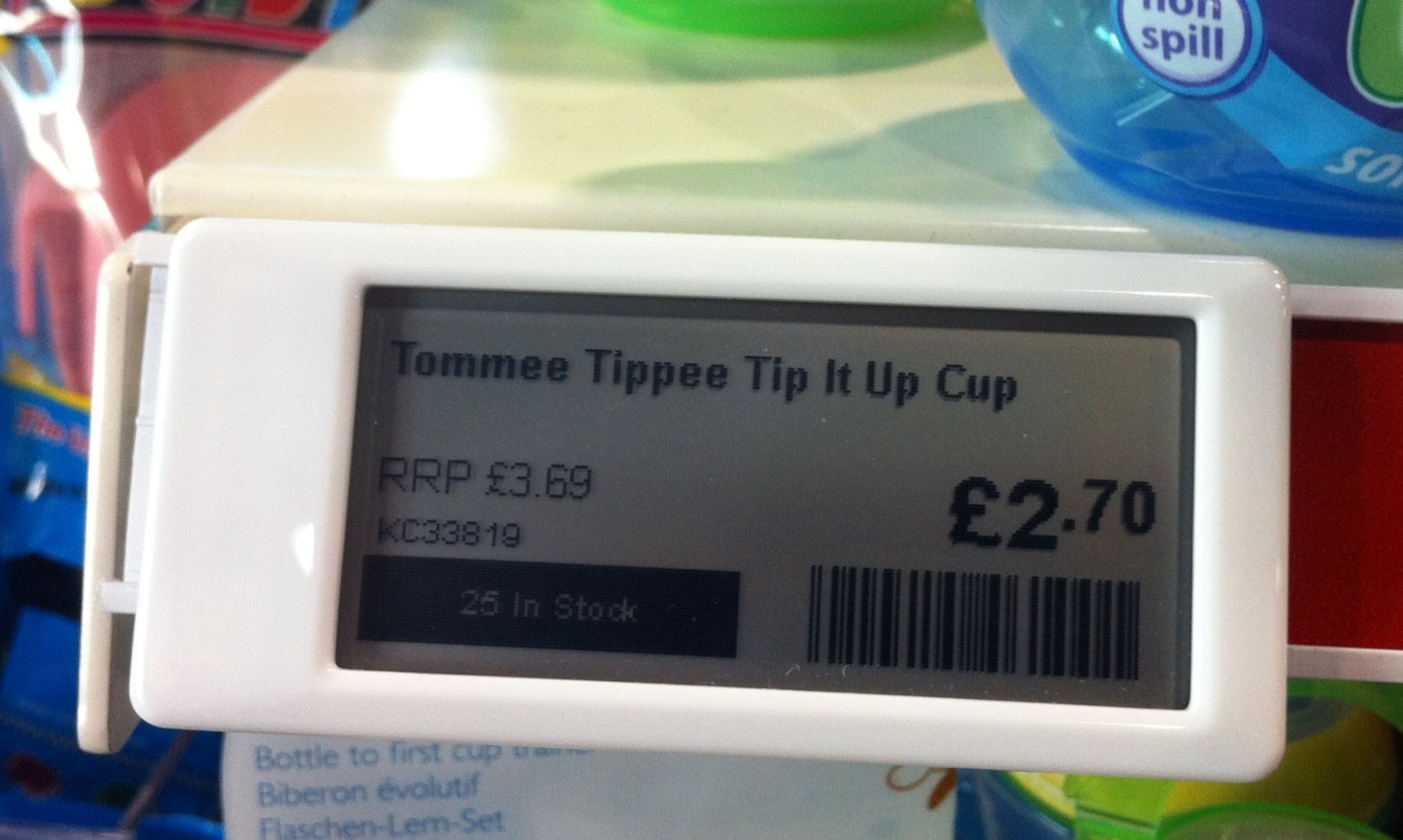In 1671 apparently not a lot happened in England. Parliament moaned about the rise of Roman Catholicism and someone called Blood tried to steal the Crown Jewels. Around the world I’m sure there was plenty going on but there’s not a lot on Wikipedia. The pope made someone a saint – whatever that really means – and the Ottoman Empire declared war on Poland.
A while back I wrote about connecting my lounge room to the router/modem using an ethernet cable. This was relatively easy as I already had a hole in the wall and the distance wasn’t too bad.
I have a Raspberry Pi in the loft acting as an ADS-B decoder for an aircraft position aggregator site called 360 Radar. For some reason whenever the router reset or rebooted the Pi wouldn’t connect straight away to the wireless network and I had to reboot the Pi as well. This wasn’t bad but mildly irritating. So, after mentioning it at work it was suggested that I hard wire the network in using Ethernet Over Power, which I was, then, already using to keep the entertainment centre wired rather than wireless.
Now, EoP makes a lot of sense. You already have a network of wires in the house and so just adding a high frequency signal into them is easy and won’t affect anything else. How far these signals travel down my street I don’t know. I’d be tempted to plug one in next door and see if I can get a signal there. I have encrypted my signal because I’m not stupid. TP have a utility so you can manage the EoP modules from the PC and I have used it to see what bandwidth I am getting.

As you can see I should be capable of getting 600Mbps over this connection but some things are working against me. The instructions say that these shouldn’t be plugged into extension leads and definitely not multi-gang extensions. Both of them are sorted like that. Who else has that many plug sockets near the IT centre of their house? These aren’t even pass-through modules so that can’t work. To be honest I’m happy with 200Mbps. My internet connection is only 70Mbps and so the EoP can easily handle that. Not that it needs to!
My router/modem has currently an uptime of just over 18 days. In that time the Pi has downloaded 194MB but uploaded 8GB. That’s not a lot really for that length of time.
18 Day Totals are:
- Pi ADS-B – down 194MB, up 8GB
- PC – down 900GB, up 66GB
- PS4 – down 225GB, up 11GB
- Shield Pro – down 1TB, up 25GB
- My phone – down 344GB, up 80GB
The other devices aren’t interesting and don’t do as much. The bandwidth of the Ethernet over Power is perfectly suitable for its usage.


